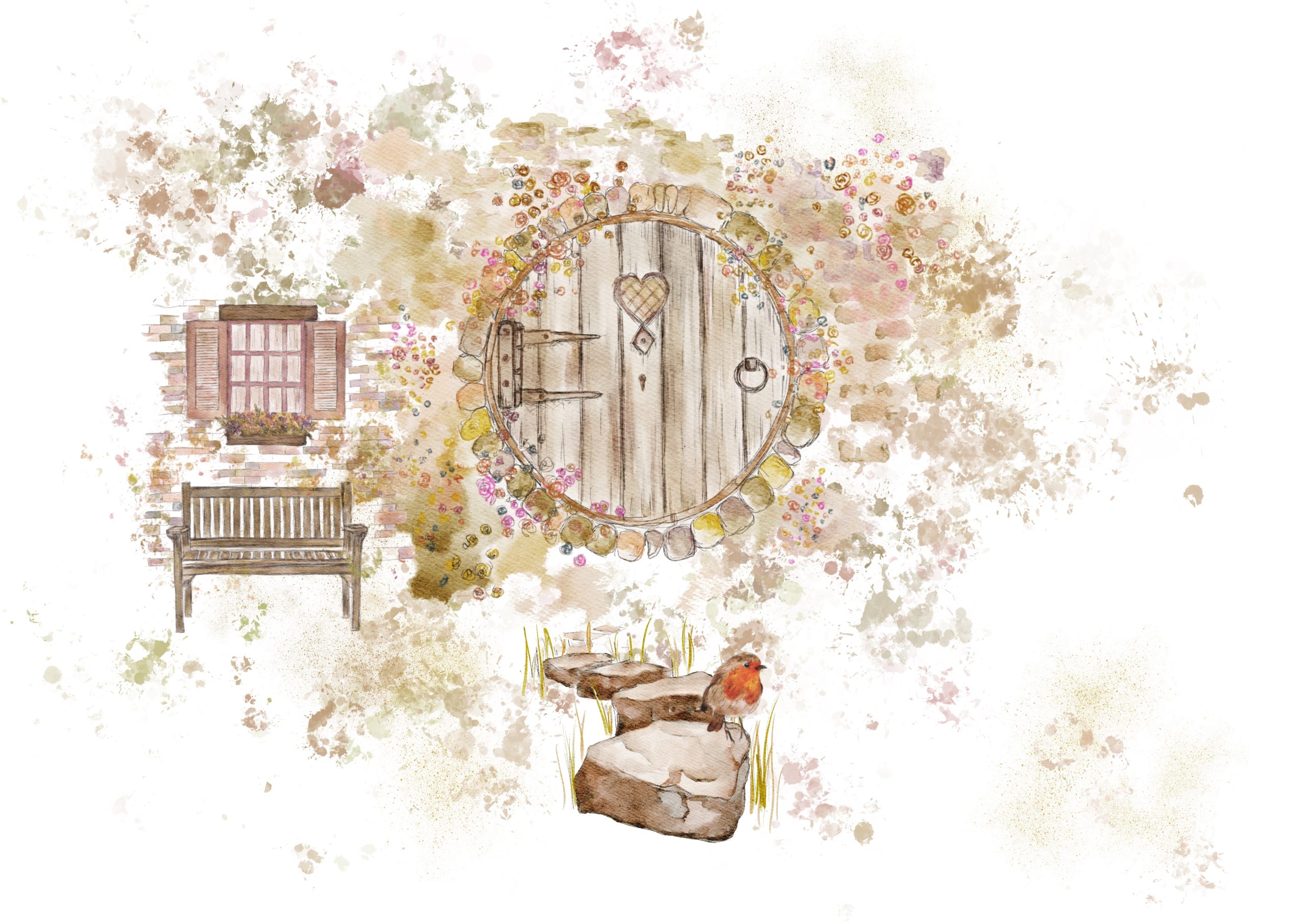You may have often wondered what the best procedure is for returning a baby robin to its nest, or whether this is even the best course of action? Often, baby birds have been abandoned because there is something wrong with them. Perhaps they are sick, and the parents have ejected them from the nest in order to focus their attention on the healthier baby birds.
Here are the five steps to take to determine whether you should put a baby robin back in the nest:
- Check if the baby robin has feathers. The very first step is to determine whether the robin is a nestling or a fledgling. Nestlings are likely not outside the nest by choice, whereas fledglings are likely to be in the stages of becoming independent. Nestlings have few or no feathers, while fledglings have all or most of their feathers. Nestlings must be re-nested if possible, while fledglings have often left the nest of their own choice. Fledglings are best left alone unless they are obviously injured or in immediate danger. Instead of returning a fledgling to a nest, keep a close eye on it to see if it makes progress in becoming independent. Keep pets away, and don’t disturb it if you see its parents returning to feed it. If the baby robin is a nestling, follow the next four steps to ensure it has the best chance of survival.
- Check the condition of the baby robin. If you’re certain the baby robin is a nestling, then the first step to take is to check its condition. In order to have a good chance at re-nesting the bird, it should be warm, active and noisy. If it isn’t then the chances are it will be rejected by the parents or isn’t likely to survive and may need medical attention. If the bird is in good condition and the weather is okay, it may be suitable for re-nesting.
- Locate an existing nest. Search for an existing nest, usually located on the lower branches of trees or in the nooks and crannies of a tree trunk. Do not return a nestling to a nest that has fallen from a tree. The robin’s nest is likely to be made of dead leaves, grass, moss and hair. It is important that the nestling is not returned to the wrong nest, so make sure the other birds or robin bird eggs in or around the nest look similar to the nestling you have found before re-nesting them.
- Return the baby robin to the nest OR make a replacement nest. If you manage to find a likely candidate for the robin’s nest, carefully place the nestling back inside, making sure you do not disturb the other nestlings or parents in the process. If a robin senses that their nest isn’t safe, they may abandon it, so it is important that you return the nestling with minimal interference. If you do not manage to locate the existing nest, or the existing nest has fallen onto the ground, you can make a replacement for the nestling. Take a shallow, weather-proof container with some drainage holes and place some dead leaves, grass or moss inside it. You can also use the fallen nest if there is one. You should place the baby robin inside it, and tie the container to a low branch of a tree near to where the nestling was found. Make sure it is out of reach of predators, but not too high that it is dangerous for the bird to leave the nest.
- Continually monitor the existing or replacement nest, and watch to see if adult robins return to feed the nestling. If adults do not return to the nest, it is wise to take the nestling to the nearest wildlife centre or vet practise as its chances of survival are slim. If adults are returning to the nest, then the nestling is in good hands and, while you should continue to monitor the situation, the nestling will probably fly the nest in less than a fortnight.
The Life Cycle Of A Robin
When a robin is nesting, it lays one egg per day for up to a week. The robin bird eggs will hatch 12-14 days after they were laid, and will remain in the nest during this time, with the mother keeping a close eye.
Once the robin bird eggs hatch, a robin is called a ‘nestling’. Robins are in the nestling stage for anywhere between 9 and 16 days. During this period, a nestling will stay inside the nest and relies heavily on its parents to bring food. During this stage, baby robins are susceptible to parasitic infections and sickness.
Once a baby robin has left the nest, it is known as a ‘fledgling’. Robins usually stay in this phase for another 10-15 days, before being fully independent. It is a sad fact that up to 70% of robins die within the first year of life, while those that make it past this milestone may live for five more years.
Robins don’t reach mating age until a year old, but once they do, they can have two or three nestings in one spring/summer period. They will usually stay with the same mate for all of their nestings in a year, but may change mates year to year. One pair of robins may have 10 – 18 robin bird eggs per year, although sadly most of these will not live past one year. Many may not make it out of the nest.

